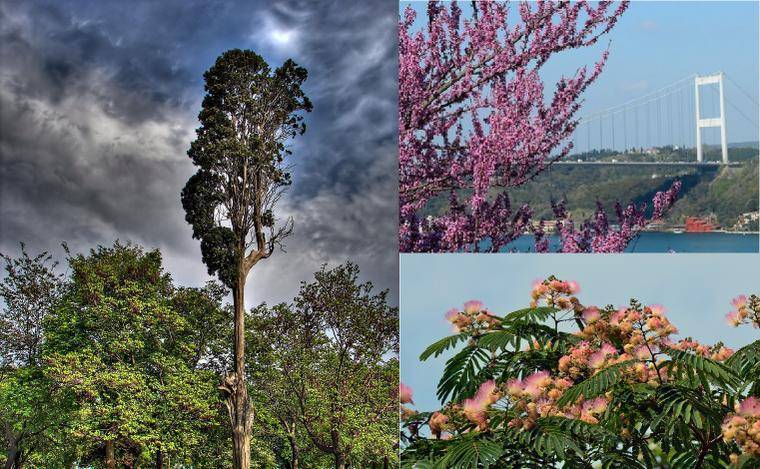Turkey is located where Asia and Europe meet. Due to this, it has been a significant country throughout history. Thousands of years ago, on the Turkish coast stood the city of Troy, which became well-known through Greek literature. The Hittite empire was the first significant empire to emerge in the region. Following the Hittites, the Assyrians and the Greeks conquered the area around 1100 BC. The Greeks established many cities in the region, including Byzantium, which later became Constantinople and is now Istanbul. The Persian, Roman, and other empires followed, along with Alexander the Great.
Türkiye is the perfect travel destination for morally upstanding people because it is a stunning, undiscovered country that cares deeply about sustainability. Türkiye calls for environmentally travellers from all over the world, whether you’re searching for isolation from the crowds or seeking an immersion in traditional heritage. So, why are you waiting to apply for a turkey e visa from turkeyvisaonline.com?
The majority of Istanbul residents love trees. Most of us are uninformed of the names and origins of these natural wonders despite growing up in the shade and on the swings of enormous trees. According to the Faculty of Forestry at Istanbul University, we know the top ten most stunning trees that decorate Istanbul.
Akdeniz Servisi / Mediterranean Cypress
Turkish forestry was first known to exist in the Mediterranean cypress. To use the trunks for building ships, the Romans planted them between the Istanbul districts of Besiktas and Bebek. It is now a common tree in cemeteries and one of Turkey’s most recognized.
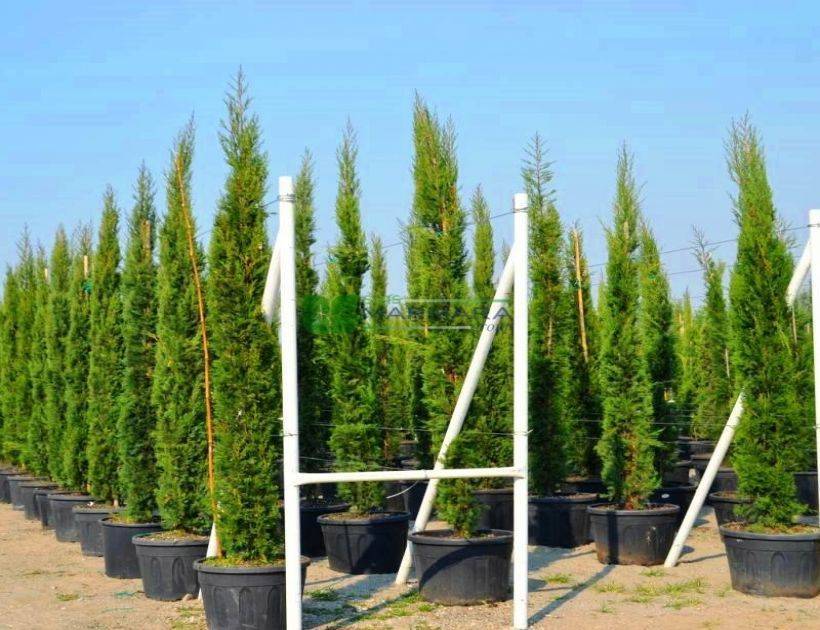
Gulibrisim / Persian Silk Tree
The Gulibrisim Tree’s name makes it clear where it came from. Although it originated in Iran, it has spread throughout the entire world from Istanbul. The seed was brought to Europe by an Italian gentleman in the late 18th century, and Gulibirism quickly dominated European gardens.
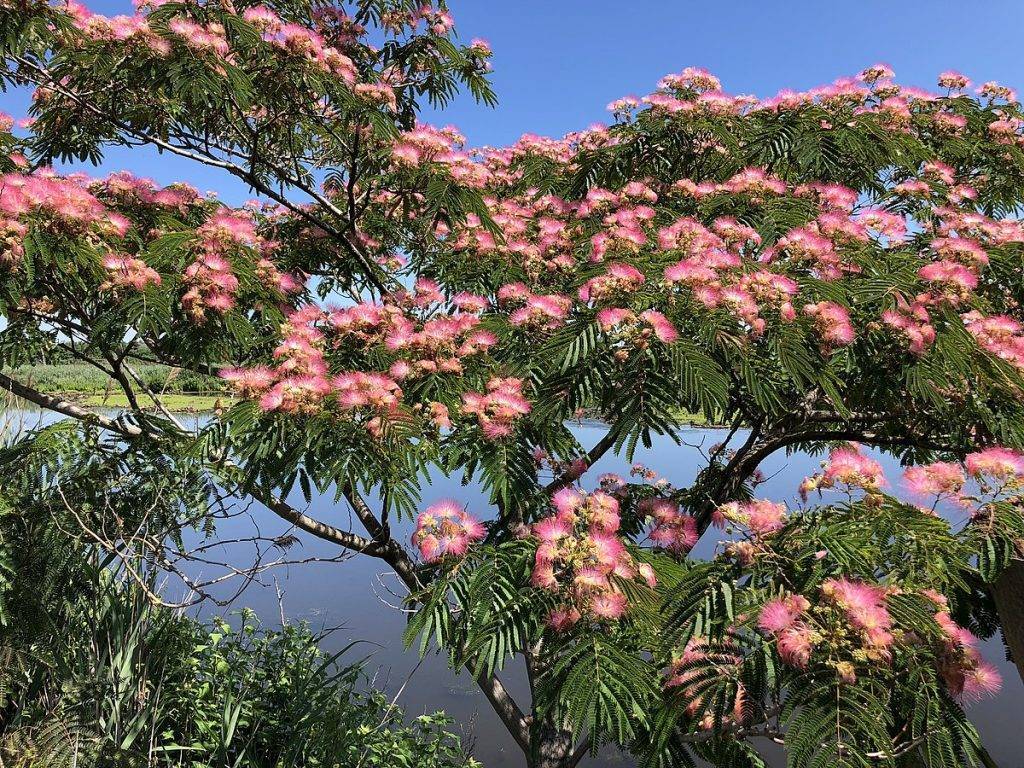
Erguvan / Judas Tree
The Judas Trees are the Bosporus’s symbol. Some travel companies organize picture trips during the weeks when the colours are at their most brilliant. It is a Mediterranean tree that adores Istanbul’s climate and adds beauty to both sides of the city. It is commonly agreed that Judas betrayed Jesus and then hanged himself from this tree. Arbre de Judée, which translates to “tree of Judea,” is the tree’s French name, which may compensate for this. Judea refers to the mountainous areas of France where the tree was most prevalent.
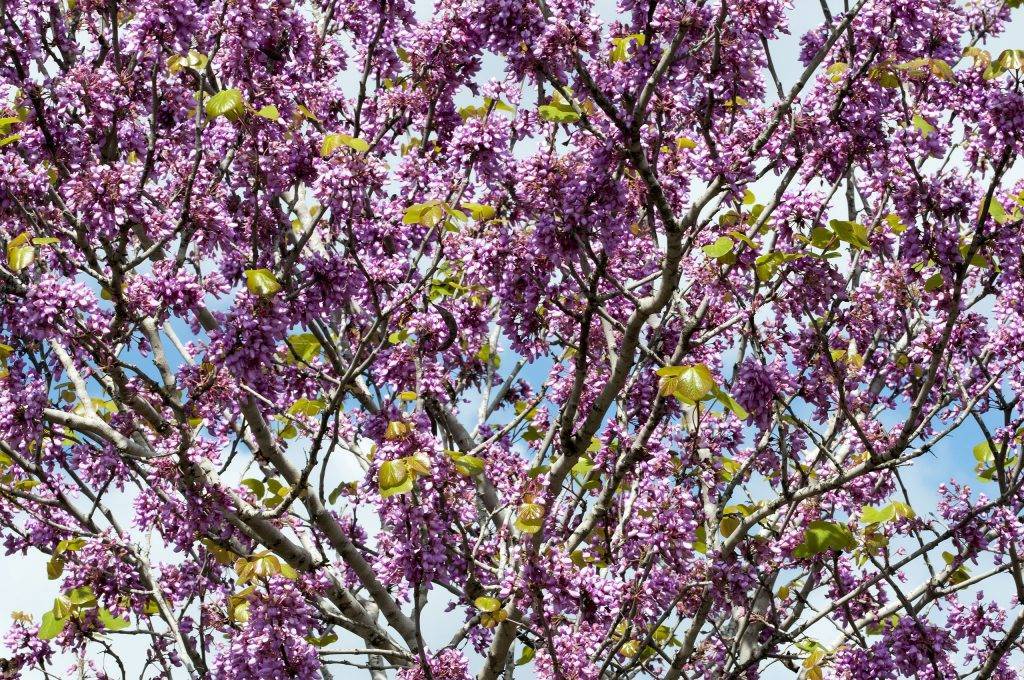
Fistik Cami / Stone Pine
The stone pine, which grows naturally in the Mediterranean, was also transported to Istanbul in the late 18th century. It adapted to Istanbul’s weather so well that it is now present practically everywhere in the city, including along the banks of the Bosporus.
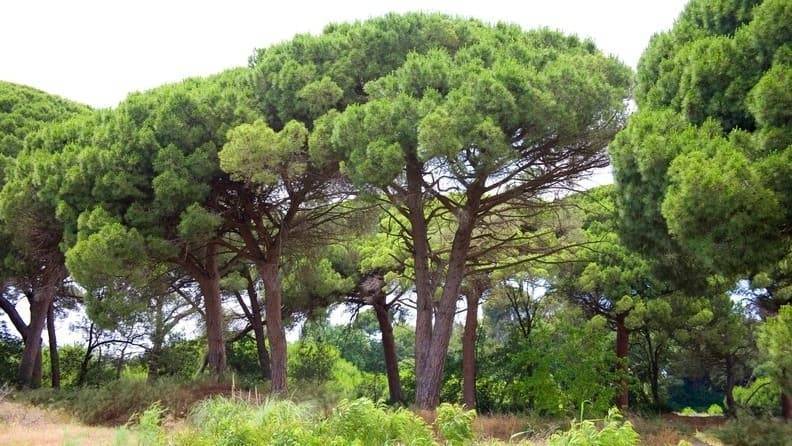
Manolya / Magnolia
The European gardeners who worked in Istanbul’s palaces in the 18th century brought the magnolia tree to the city. Magnolia evolved in the Americas, and the oldest specimens may be found in the botanic gardens of Istanbul, Zonguldak, and Batum.
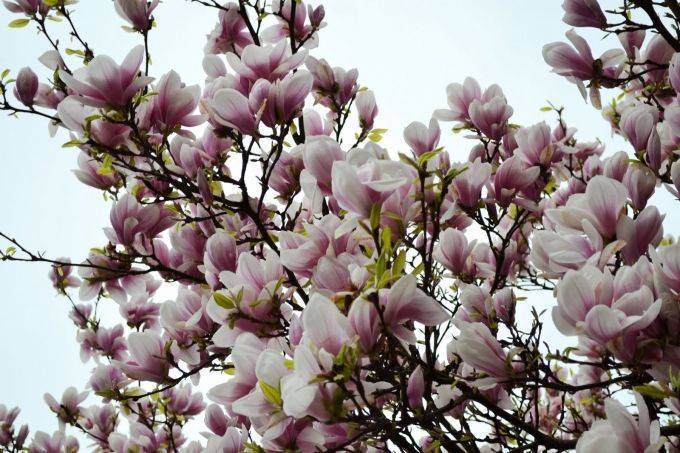
Mabet Agaci / Ginko Biloba
The Mabet tree is the oldest tree known to exist and has no connection to any other kind of plant. Scientists refer to it as a mature tree and view it as a living fossil. It is a lovely tree with fascinating seeds; however, it is not advised to touch or play with them because they smell extremely bad.
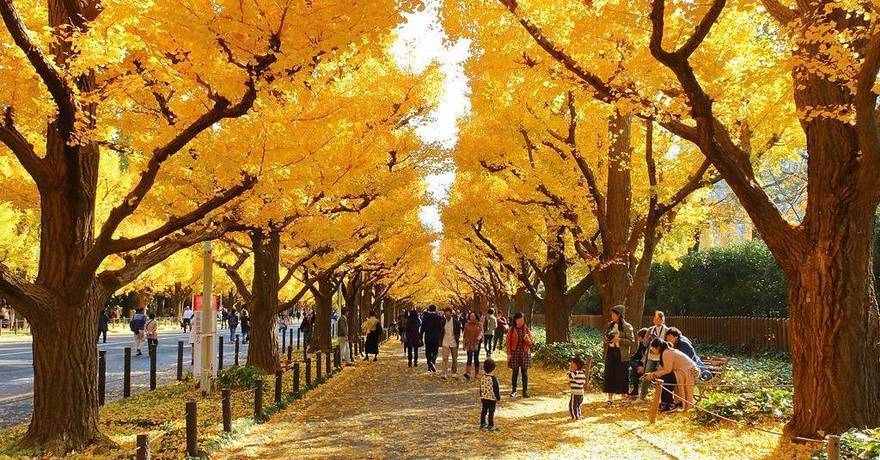
Atkestanesi / Horse Chestnut
The horse chestnut trees were brought to Anatolia by the Ottomans from Albania. The seeds were used to cure their horses for Equine Lymphangitis, a condition that affects the lymphatic system in horses, especially in a limb, and is characterized by inflammation or swelling. As a result, the trees became known as horse chestnut trees, and the ones seen in Paris were brought from Istanbul.
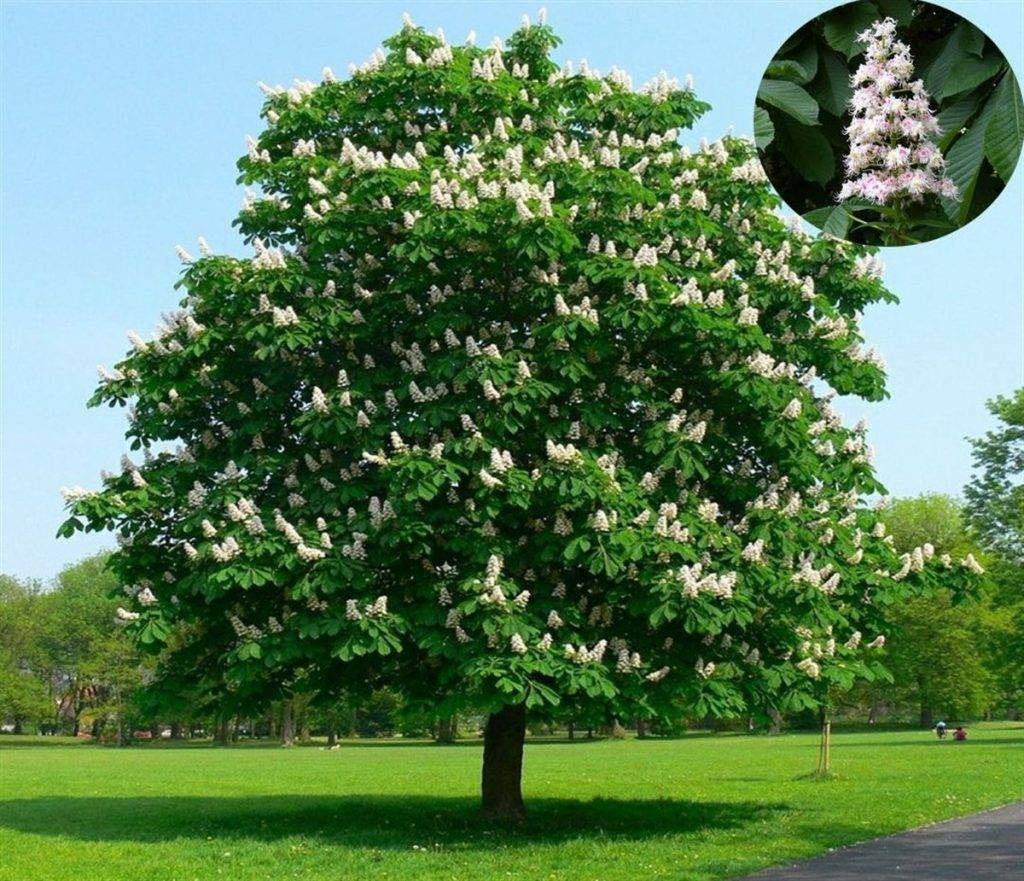
Toros Sediri / Cedrus Libani
Around the Mediterranean region, cedrus trees come in four main varieties. Lebanon, where cedar trees are most frequently found, is where the tree’s popular name comes from. The southwest of Anatolia is home to a particular variety that has been employed historically for everything from perfume production to pyramid construction.
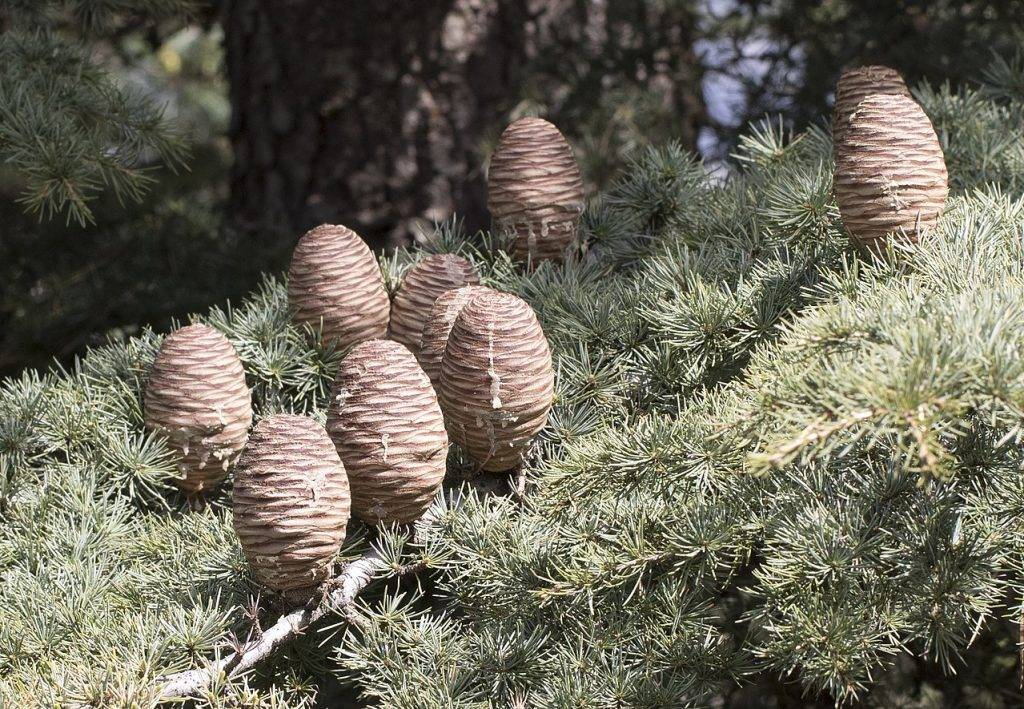
Mese / Oak
And Mese wins the Oscar for trees! Oak, which has 17 different varieties, was a crucial component in the creation of the Anatolian people. The Mese has always symbolized power throughout Roman and Byzantine times. In Turkey, oak trees can be seen in various handicrafts, and I believe that oak trees were the source of the tree of life’s inspiration.
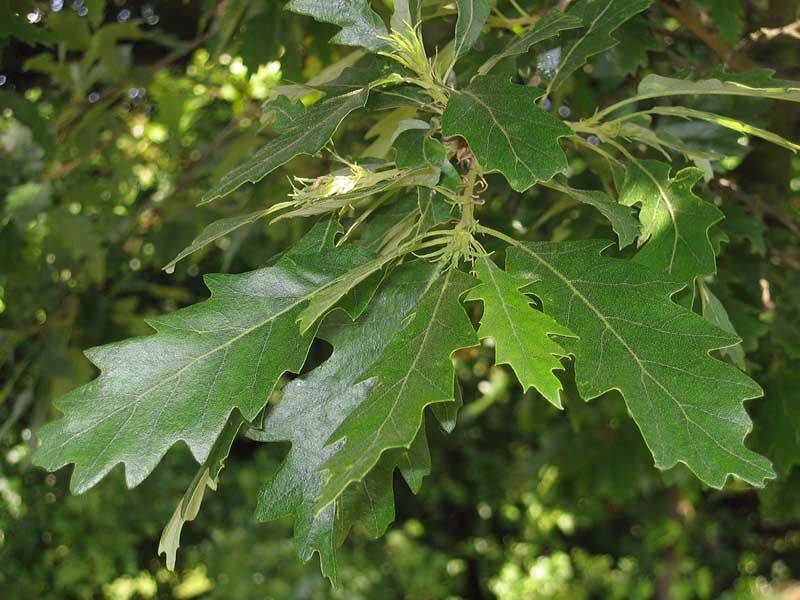
Sigla / Liquidambar
Liquidambar trees are widely distributed throughout Asia, China, the Americas, and Rhodes Island. The tree is thought to have covered all western Anatolia millions of years ago, and its oil is used in fragrance and the pharmaceutical industries.
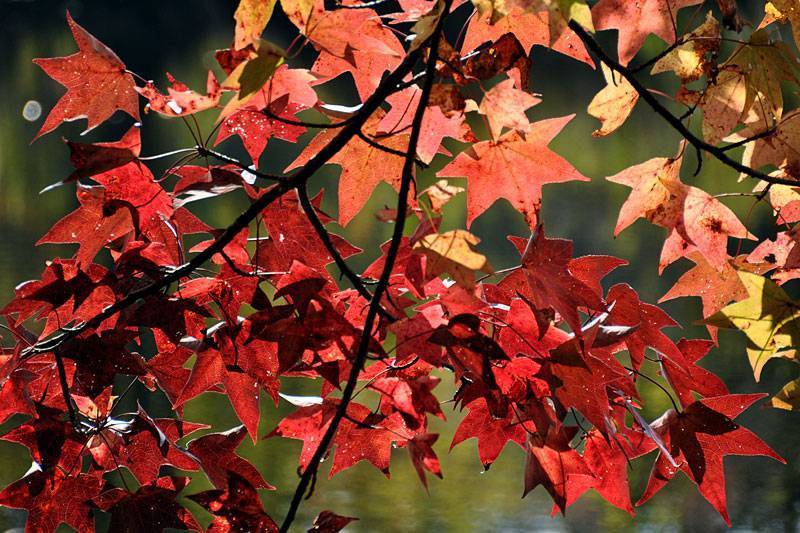
If you want to explore Turkish rocky valleys, nature, hills, and the oceans, apply for a turkey visa online and book your solo or group tour to explore this beautiful country.
